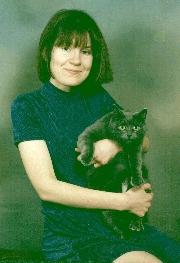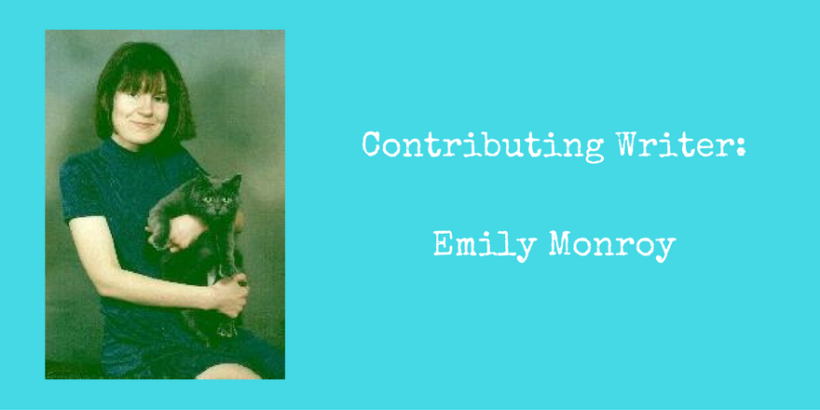Who’s White?
by Emily Monroy
April – May 2014
 The George Zimmerman-Trayvon Martin case has put the subject of race front and centre in the American public mind. The shooter, George Zimmerman, was originally referred to in the media as ‘White,’ making the case seem like a White-on-Black issue. Then it came out that his mother was Peruvian, which led to Zimmerman being described as a ‘Hispanic’ or ‘White Hispanic.’ Now it has been revealed that Zimmerman may have African roots on his maternal grandmother’s side. (Peru has a history of Black slavery from colonial times and a sizable African-descended population today.) One article on the right-wing website Coach Is Right asked sarcastically whether Zimmerman should be called an ‘Afro-Peruvian White Hispanic.’ Sarcasm aside, the Zimmerman-Martin drama raises a question that begs to be addressed: Who is White?
The George Zimmerman-Trayvon Martin case has put the subject of race front and centre in the American public mind. The shooter, George Zimmerman, was originally referred to in the media as ‘White,’ making the case seem like a White-on-Black issue. Then it came out that his mother was Peruvian, which led to Zimmerman being described as a ‘Hispanic’ or ‘White Hispanic.’ Now it has been revealed that Zimmerman may have African roots on his maternal grandmother’s side. (Peru has a history of Black slavery from colonial times and a sizable African-descended population today.) One article on the right-wing website Coach Is Right asked sarcastically whether Zimmerman should be called an ‘Afro-Peruvian White Hispanic.’ Sarcasm aside, the Zimmerman-Martin drama raises a question that begs to be addressed: Who is White?
Even before the Zimmerman-Martin affair, who was regarded as ‘White’ or not varied across time and place. Politician J.D. Goss, a candidate in Alabama in the 1920s, thundered against ‘the Jew, the Greek, and the Syrian,’ insisting he wanted to be elected by ‘the White man.’ While Greeks have since been welcomed into the White fold, the status of Jews is still somewhat precarious. (Syrians, on the other hand, seem stuck in the separate category of ‘Middle Eastern,’ even if many of them are physically indistinguishable from Greeks or Southern Italians.) For example, when Dr. Henry Morgentaler first opened an abortion clinic in Toronto, the phrase ‘The Jew kills White babies’ was scribbled on the front of his building. For the most part, though, Jews are seen as White by people at all points of the political spectrum other than White Supremacists.
What has not changed, however, is the reality that at least in the Anglo-Saxon world, anyone with known African ancestry is not viewed as White. This is the case for my two nephews, whose mother – my sister – is White and whose father is Black. My nephews can at most aspire to the label ‘biracial,’ even though they have spent much more time with our side of the family than their father’s and though most people in their immediate environment have been White. I must admit it bothers me that my nephews and I are not considered part of the same race, regardless of our family bonds. I remember a humorous incident when I was staying at a school dorm for a summer course and had a picture of my nephews on the dresser. A cleaning lady later told me that she looked at all my family photos on my bulletin board to try to figure out who ‘Emilia’s Black family’ was: not mulatto family or biracial family, but Black family.
In contrast, individuals of White mixed with anything other than Black descent tend to be taken as White. Commenting on the Trayvon Martin incident, National Review columnist John Derbyshire, a White Briton married to a Chinese woman, writes a letter to his sons telling them that while they are of Northern European and Northeast Asian background, they will be seen as White. Cris Judd (the second Mr. Jennifer Lopez) was similarly described on an online forum as ‘the only White guy that looks cool with a shaved head’ – even if Judd’s mother is Filipina (his father is Portuguese). Another site claimed that transsexual beauty contestant Jenna Talackova, who has an Aboriginal Canadian mother and Czechoslovakian father, received the public support she did to re-enter the Miss Universe Canada pageant (from which she had been temporarily barred on account of not being a ‘natural born female’) because she was an ‘attractive White woman;’ ironically, Talackova seems to be more easily accepted as White than as female. The ‘one-drop rule’ that still affects my nephews does not appear to apply to people like Judd or Talackova.
I have been romantically involved with two men whom British geneticist Steve Jones might term ‘ambiguous Aryans,’ in reference to a group of self-described ‘White’ Brazilians who nonetheless possessed significant amounts of non-European ancestry. The first, whom I’ll call ‘Boyfriend A,’ was a Filipino with enough Spanish background to let him ‘pass’ as a Southern Italian in the eyes of a barber in Toronto’s Little Italy. This despite the fact that my ex spoke a native Filipino language with his family, had spent his childhood and half his adulthood in the Philippines, and had never been to a Western country besides Canada. Yet he insisted he was ‘White’ and – unlike the White liberals frequently accused of being ashamed of their race – proud of it.
A few years later comes Boyfriend B, who is from Nicaragua. Like many other Latin Americans, he considers himself White and denies any Native American ancestry. His certainty about his allegedly pure European ancestry came into doubt, though, when our daughter was born. When I called him to say that I’d given birth to a girl, his first question was ‘Is she White?,’ and it wasn’t because he thought I’d ‘cheated’ with someone of another race. Rather, he feared his daughter might have inherited Indian features from him.
His concern might not have been completely misplaced. Interestingly, despite living in the West all his life, speaking a European language (Spanish) as his mother tongue, and so on and so forth, physically he looked less ‘White’ than Boyfriend A. In other words, likely no one would have mistaken ‘B’ for an Italian. Yet for cultural reasons, I’m more comfortable in referring to him as ‘White’ than I am Boyfriend A. The Philippines, in my view, is not a Western country; Nicaragua is.
Final question: Is my daughter White? In her five years of life, she’s generally travelled in White/mixed milieus. In her class, for instance, most of the other children are white – a large proportion of whom have blond hair and blue eyes – but there is a little Filipino boy and another child with a Jewish mother and Chinese father. I’ve always figured my daughter could ‘pass’ for Italian or Greek and would not necessarily stand out as non-European. However, at her end-of-the-year school party last June, the nanny of one of her classmates asked me whether my daughter was ‘Latin American or something’ (of note, the nanny herself had an interesting ethnic history, being born to a White British father and mixed Jamaican Black and Chinese mother and later marrying and having a son with a Black African man). So perhaps my little girl isn’t quite as Caucasian-looking as I thought. Then again, I used my daughter’s American Indian ancestry to my advantage when I went to the Native Canadian Friendship Centre in Toronto to look for a back pouch to carry her in. I remember telling the staff there that I wasn’t Native but she was.
Post-script question: How will my daughter identify as she gets older? That’s difficult to answer now. Just as in Toronto she’ll have a choice of which religion she might wish to follow, or the choice not to follow any religion at all, she can ‘choose’ a racial identity that best suits her, whether that be White, Hispanic, or, more remotely, Native American. Or she can decide to be just plain old Canadian. But will she ever be considered completely ‘White?’ Only time will tell.
Emily Monroy is a professional translator and is of Irish, Italian and Norwegian descent. Born in Windsor, Ontario, she now resides in Toronto. Her articles have appeared in several publications, including Interracial Voice, Cats Canada, and Urban Mozaik. She welcomes feedback on her articles. You can contact Emily here

